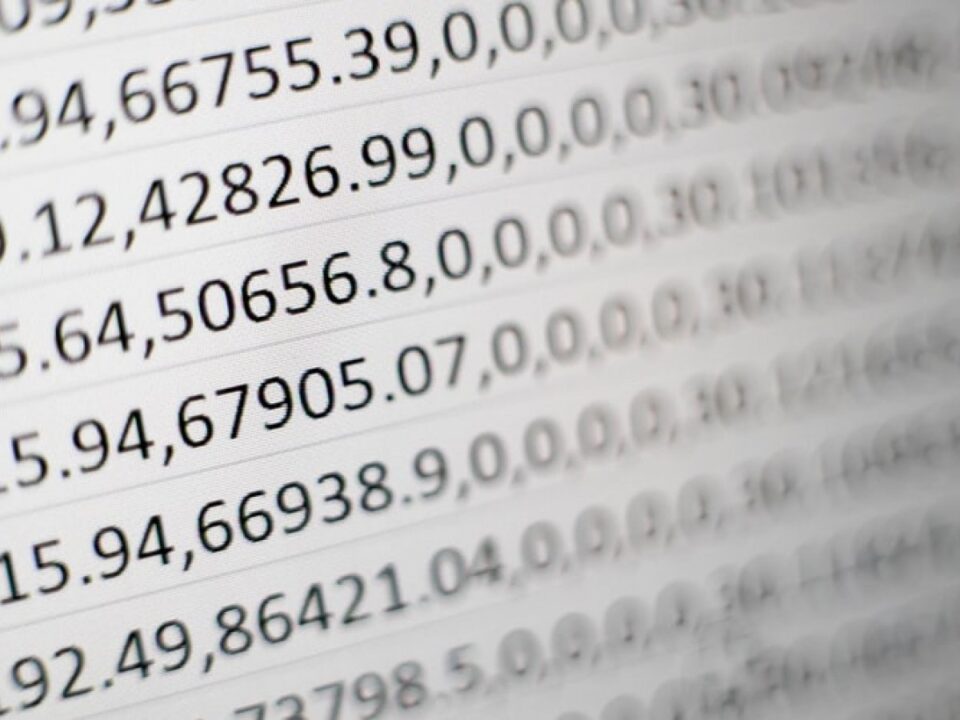
How Vendor Managed Inventory (VMI) Strengthens Supply Chain Resilience and Collaboration
To optimize inventory management, retailers and suppliers are increasingly turning to Vendor Managed Inventory (VMI) tools that transfer the responsibility…
Generix Ushers in a New Era of Intelligent Commerce for Retailers with AI-Driven Innovation Read the press release

By 2021 or 2022, the consensus seems to point towards all invoices issued in France being provided in an electronic format. This invoice digitization requirement implies that professionals record invoices using a reliable medium and that they be able to present it in the event of a tax inspection.
To meet these requirements and reduce management costs for an outbound invoice, vendors most often create portals where their clients can log in to download issued invoices. As a consequence, both individual customers and professionals are required to log on to multiple sites to recover provider invoices to keep and integrate into their accounting. For companies in general and small or medium companies in particular, such tasks have become quite time-consuming.
In response to this problem, a solution based loosely on web scraping codes is being developed: automated extraction of invoices at provider publication sites. For companies, this means extracting all the provider invoices involving them from an automated process based on APIs.
Client-side, indicate login and password for each provider application, then configure the necessary actions to program automatic invoice extraction or monthly orders, for example. Extraction automation occurs in real time as downloading takes place, in and of itself a massive time-saver for companies.
To be implemented, this technique requires specific development on behalf of the platforms involved. Connectors must be created and linked with provider applications in order to prepare for extraction.
From postal services to public and long-distance travel transportation, several hundred connectors may need to be created to allow for invoices to be extracted from this type of portal. Development of this technique is conditioned when provider applications are opened for connector creation.
For further reading: The Case for Interoperable Process Digitization Platforms

To optimize inventory management, retailers and suppliers are increasingly turning to Vendor Managed Inventory (VMI) tools that transfer the responsibility…

In an ever-evolving logistics environment, agile and precise warehouse resource management is essential to remain competitive. With increasing volumes driven…

France’s electronic invoicing reform relies on a Y-architecture, where Partner Dematerialization Providers (PDPs) play a central role in issuing and…

Work with our team to build your ideal supply chain software stack and tailor it to your unique business needs.